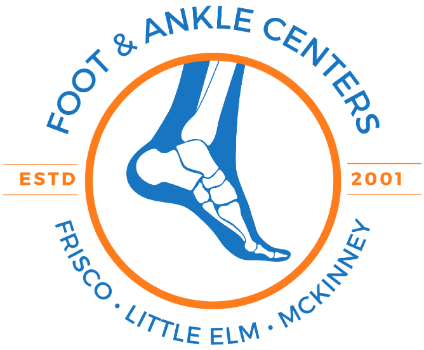Bunions are a common foot deformity that can cause significant pain and discomfort. For decades, the traditional approach to bunion correction involved osteotomy, where the surgeon would cut the bone, realign it, and secure it with screws or pins. While this method provided relief for many patients, it often resulted in a long and painful recovery process with a substantial risk of recurrence. However, recent advancements in medical technology have led to the development of Lapiplasty, a revolutionary procedure that is proving to be safer and more effective than traditional bunion correction methods.
Lapiplasty offers a three-dimensional corrective solution that addresses the underlying cause of bunions, which is a deviation of the metatarsal bone. Unlike traditional methods, Lapiplasty not only addresses the visible bump, but also corrects the misalignment of the bone, providing a more permanent solution. The procedure involves a precisely designed titanium implant that is placed within the metatarsal bone, allowing for immediate stability and correction of the deformity.
One of the significant advantages of Lapiplasty over traditional methods is the reduced risk of recurrence. With traditional procedures, there is a 30% to 70% chance of bunion recurrence, often requiring additional surgeries to correct the issue. Lapiplasty significantly lowers this risk by addressing the root cause of the problem and stabilizing the bone in its corrected position.
Another notable benefit of Lapiplasty is the shorter recovery time. Traditional bunion correction methods typically involve a prolonged period of non-weight bearing, often lasting up to six weeks. This can be extremely inconvenient and may require the use of crutches or other mobility aids. In contrast, Lapiplasty allows for immediate weight-bearing and a faster return to normal activities. Patients typically experience less pain, swelling, and stiffness, enabling them to get back on their feet more quickly.
Moreover, Lapiplasty is associated with a lower rate of complications compared to traditional techniques. Traditional procedures often have risks such as nonunion (failure of the bone to heal), infection, and hardware-related issues. Lapiplasty minimizes these risks by utilizing a stable titanium implant, which decreases the likelihood of complications and promotes proper bone healing.
Overall, Lapiplasty bunion correction offers a significant advancement in the treatment of bunions. Its three-dimensional corrective approach, reduced risk of recurrence, shorter recovery time, and lower complication rates make it a superior option compared to traditional methods. Not only does Lapiplasty address the visible bump, but it also corrects the underlying misalignment of the bone, providing a more comprehensive and long-lasting solution for patients. If you are suffering from bunions and seeking a safer and better alternative to traditional bunion correction methods, Lapiplasty may be the answer you've been looking for.
At Foot & Ankle Center, the ultimate goal of bunion surgery is a pain-free foot that can fit in shoes and allow the performance of all desired activities. Contact us today to learn more.


Leave a comment
0 Comments